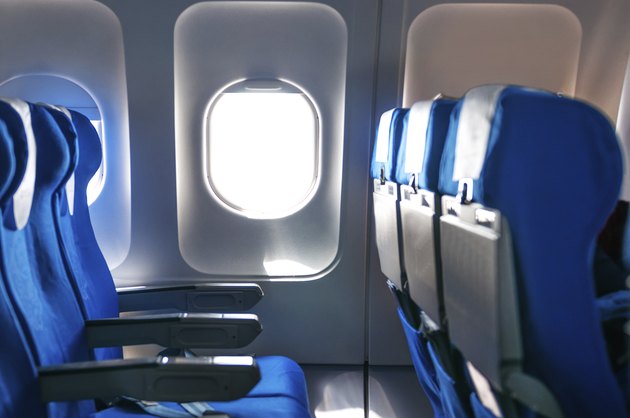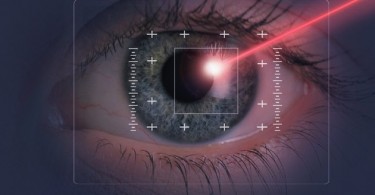The pain associated with a pinched sciatic nerve ranges from tingling to unbearable and can be felt in the lower back, buttocks and legs. The medical profession considers sciatica to be not a condition, but a symptom of a problem originating in the lower spine. Sitting for long periods during air travel can exacerbate the radiating pain of sciatica, especially with chronic cases. Nevertheless, there are some measures you can take before, during and after the flight to lessen sciatic nerve discomfort.

Advertisements
Before the Flight
It’s recommended that you check with your doctor before flying. “A physician can evaluate the cause of the problem, and that could be a herniated disk or other pinched nerve issue that needs to be addressed before the flight,” says Dr. Christopher John Standaert, who practices at the University of Washington Medicine Spine Center in Seattle (uwmedicine.org). “That may mean some relief in the air with a prescription of anti-inflammatory and pain medications.” Dr. Standaert recommends getting seats where there is more legroom with seats that tilt back. He also tells his patients to get travel insurance to cover missing a flight due to a sciatic pain flare-up.
Advertisements
Further Precaution
Brian Krabak, M.D., of the University of Washington Departments of Rehabilitation, Orthopaedics and Sports Medicine (www.orthop.washington.edu) recommends packing light and using a baggage service as a substitute for back bending and lifting. “Suitcases with wheels will make it much easier to move luggage as opposed to carrying a duffel bag or backpack,” he says. Discs dry out as they degenerate and weaken. Krabak promotes hydration for back health, advocating avoidance of alcohol and caffeine when traveling, both of which can cause dehydration.
During the Flight
Dr. Krabak recommends tilting your seat back to minimize a flexed, or bent position, since bending forward creates greater pressure on the disc, leading to sciatic pain. He recommends getting a lumbar support cushion or pillow to prop the lower back. “Get an aisle seat that will offer easier access to aisle strolling, as staying immobilized in one position can lead to stiffness and potential pain,” he adds. “So while an occasional snooze is OK, deep sleeping can lead to worse pain if you slump into a bad position. The important thing is to find your own level of comfort."
After Landing
Both doctors agree that lifting luggage out of overhead bins can be hazardous to your back health. It’s one time when you shouldn’t mind paying an additional baggage fee for checked luggage. Skycaps are also available to assist you when the luggage arrives at the carousel. Dr. Standaert recommends that you take advantage of your hotel’s workout room, pool and jetted hot tub. Then, after a good workout, which doesn’t produce pain or strain, it’s OK to go to bed. "For people with sciatica, that means lying on your side with the top knee slightly bent, your head in a neutral position on a pillow,” says Dr. Krabak. "Most important, experiment with what positions help the most for a good night’s rest."
REFERENCES & RESOURCES PubMed Health: Sciatica University of Maryland Medical Center: Back pain and sciatica: Highlights Christopher John Standaert, M.D. Brian Joseph Krabak, M.D., M.B.A. Net Wellness: Spine and Back Health


Comments